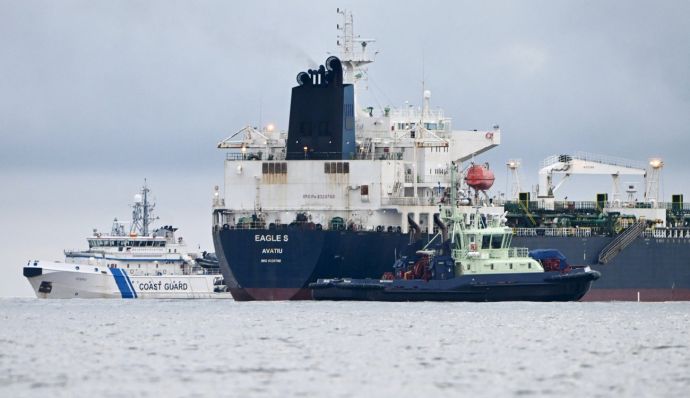EU countries are also drafting new legislation to give the effort legal backing. According to two European officials, proposals include detaining ships under international law on environmental or piracy grounds. If that fails, countries may act independently, introducing national laws to seize more vessels at sea.
Politico reported this.
“Almost 50% of sanctioned Russian oil trade passes through the Gulf of Finland… There are environmental threats, there are attacks on our underwater infrastructure… Now the question is what can we do with these ships? We can’t block the whole sea, but we can control more… There are many possibilities,” said Estonian Foreign Minister Margus Tsahkna.
The discussions reflect growing frustration over Russia’s continued oil transport and sanctions evasion through an expanding shadow fleet. Much of this activity takes place in European waters, right under the EU’s watch.
However, implementing these plans will be difficult. Maritime experts warn of potential legal retaliation from Russia, high financial costs, and complex logistics. Navigating global shipping laws will also be a challenge.
Isaac Levy, head of Russia-Europe at the Center for Energy and Clean Air Research, says the shadow fleet now carries over 80% of Russia’s oil exports.
The Baltic Sea plays a key role in this trade. Ships load Russian oil in ports like Ust-Luga near St. Petersburg, then transit through the Gulf of Finland and the Baltic Sea into the North Sea.
Levy reports that 348 shadow fleet ships left Baltic ports last year, making up 40% of Russia’s total oil sales—equivalent to a third of Moscow’s annual defense budget.
Beyond the EU’s plans to blacklist 74 shadow fleet tankers, Nordic and Baltic countries are also exploring legal options to seize more Russian-linked vessels, officials and diplomats said.
Read also: Kremlin attempts to conceal negative impact of war in Ukraine on Russia’s economy – ISW













